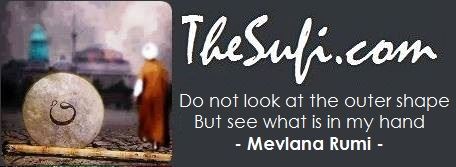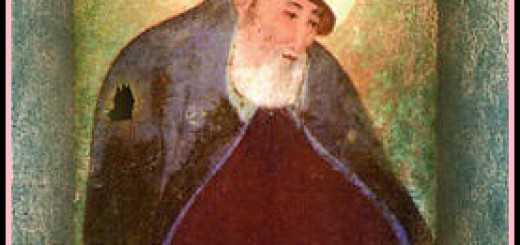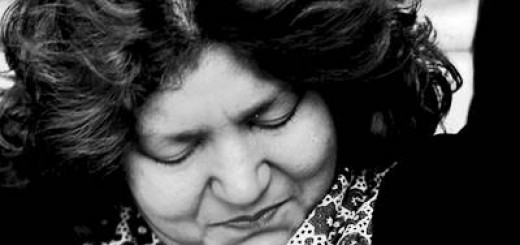Major types of Islamic Calligraphy [Font]
Islamic Calligraphy
Because of the Muslims’ profound respect and love for the Qur’an, the art of calligraphy was developed early on and reached a very high degree.
Throughout the Muslim world, Quranic verses beautify mosques, palaces, homes, businesses, and some public areas. Often calligraphy is done in conjunction with decorative motifs, lovingly embellishing what is most sacred and precious.
The Origin And Development Of The Arabic Script Before the coming of Islam, Arabic was a spoken language only; its script was based on a form of Aramaic used by the Nabateans , now best known for the remains of their remarkable city at Petra in Jordan. These early writings are rare and found on a handful of examples in the deserts of Syria, Jordan and Iraq.
It was the revelation of Islam to the prophet Muhammad SAW in the early seventh century in Arabia that was to dramatically change the role of the Arabic script. For there was now a pressing need to write down the holy text of the Qur’an which had been revealed by God through the Archangel Gabriel in the Arabic language. The establishment of Arabic as the language and script of the administration of the Muslim empire coincided with the belief that in order to copy the Qur’an the writing must be as beautiful as possible. Over the centuries, a series of remarkable scripts were developed by master calligraphers, principally used to copy the holy text, but which were soon employed in all manner of other contexts, including official documents, coins, gravestones, and the facades of religious and secular buildings. The script became therefore not simply a vehicle for communication but – in a culture in which figural representation was discouraged – a major outlet of creativity and a characteristic feature of the art of the Islamic lands.
Over the centuries, many scripts have evolved in various regions of the Muslim world. The main Arabic calligraphy styles are:
KUFIC
Kufic is more or less a square and angular script, characterised by its heavy, bold and geometric style. Its letters are generally thick and it is suitable for carving on stone or metal, for painting or engraving inscriptions on the walls of mosques, and for the lettering on coins.
NASKH
Naskh is perhaps the most popular script in the Arab world. It is a cursive script based on certain laws governing the proportions between the letters. Naskh is legible and clear. It evolved into innumerable styles’ and varieties, including the Ta’liq, the Riqa’, and the Diwani, and became the parent of the modern Arabic script.
THULUTH
This is the most important of all the ornamental scripts and is considered the king of styles. It is usually used to write headings, religious inscriptions, and princely titles and epigraphs.
TA’LIQ
Designed specifically to meet the needs of the Persian language and is still used widely in Iran, Afghanistan and the Indian subcontinent. Ta’liq is a fluid and elegant script.
THE DIWANI
Excessively cursive and highly structured with its letters unconventionally joined together with no vowel marks.





